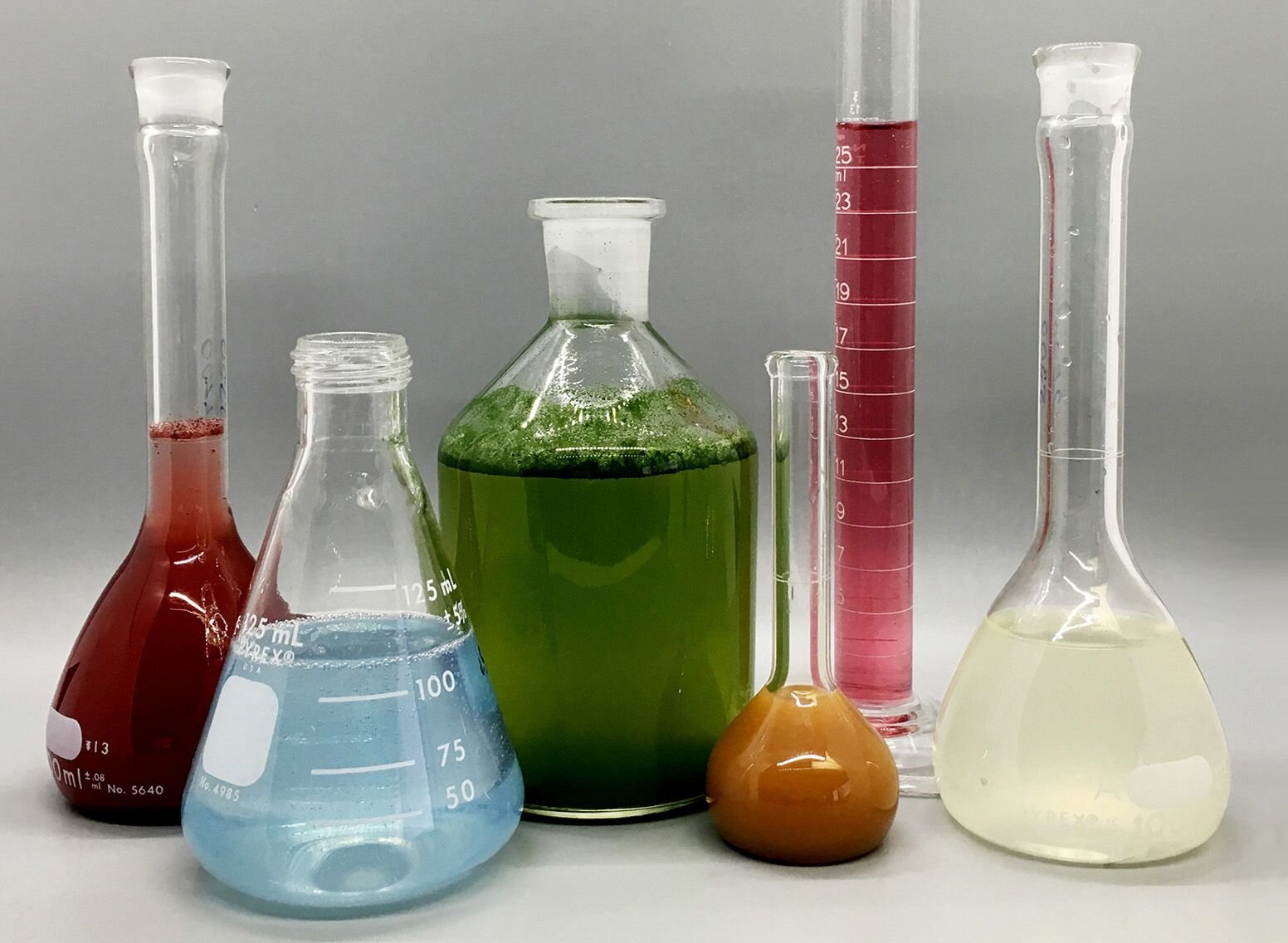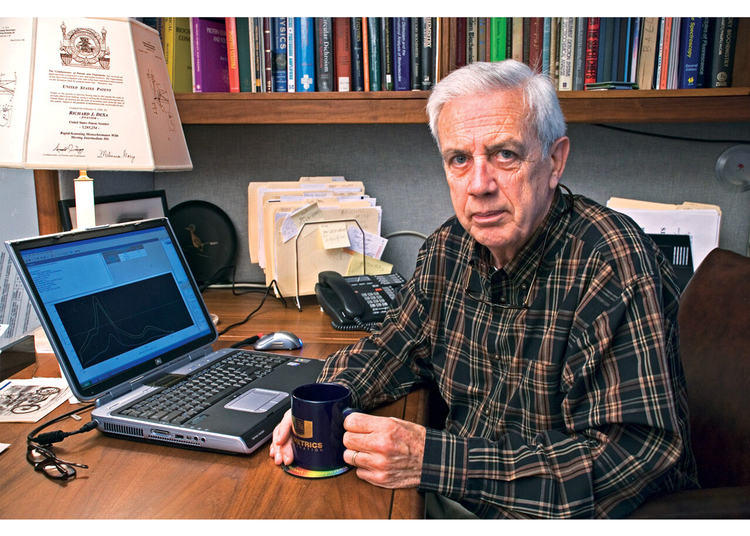Uv/vis Can Be Fun For Everyone
Table of ContentsThe 5-Minute Rule for Uv/vis/nirCircular Dichroism Can Be Fun For AnyoneThe Buzz on Circular DichroismAn Unbiased View of Uv/vis/nirThe Facts About Uv/vis Revealed

Spectrophotometry is most typically applied to ultraviolet, visible, and infrared radiation, contemporary spectrophotometers can question broad swaths of the electromagnetic spectrum, including x-ray, ultraviolet, noticeable, infrared, and/or microwave wavelengths. Spectrophotometry is a tool that hinges on the quantitative analysis of molecules depending on just how much light is taken in by colored compounds.
Not known Factual Statements About Circular Dichroism
A spectrophotometer is typically utilized for the measurement of transmittance or reflectance of services, transparent or nontransparent solids, such as refined glass, or gases. Although many biochemicals are colored, as in, they take in noticeable light and for that reason can be determined by colorimetric procedures, even colorless biochemicals can frequently be transformed to colored substances appropriate for chromogenic color-forming reactions to yield compounds suitable for colorimetric analysis.: 65 However, they can likewise be designed to measure the diffusivity on any of the noted light ranges that normally cover around 2002500 nm utilizing different controls and calibrations.
An example of an experiment in which spectrophotometry is utilized is the determination of the equilibrium constant of a solution. A certain chain reaction within a service might happen in a forward and reverse direction, where reactants form items and items break down into reactants. At some point, this chain reaction will reach a point of balance called a stability point.
The 6-Minute Rule for Uv/vis
The amount of light that goes through the solution is a sign of the concentration of certain chemicals that do not allow light to go through. The absorption of light is because of the interaction of light with the electronic and vibrational modes of particles. Each kind of particle has a specific set of energy levels associated with the makeup of its chemical bonds and nuclei and therefore will take in light of specific wavelengths, or energies, leading to special spectral residential or commercial properties.
The usage of spectrophotometers spans different clinical fields, such as physics, materials science, chemistry, biochemistry. circularly polarized luminescence, chemical engineering, and molecular biology. They are commonly used in many industries including semiconductors, laser and optical manufacturing, printing and forensic evaluation, as well as in laboratories for the research study of chemical substances. Spectrophotometry is typically used in measurements of enzyme activities, determinations of protein concentrations, decisions of enzymatic kinetic constants, and measurements of More hints ligand binding reactions.: 65 Ultimately, a spectrophotometer is able to determine, depending upon the control or calibration, what substances exist in a target and exactly just how much through estimations of observed wavelengths.
This would come as a service to the formerly produced spectrophotometers which were not able to absorb the ultraviolet properly.
An Unbiased View of Circularly Polarized Luminescence
It would be discovered that this did not offer acceptable outcomes, therefore in Model B, there was a shift from a glass to a quartz prism which enabled for better absorbance outcomes - UV/Vis/NIR (http://www.video-bookmark.com/bookmark/6114703/olis-clarity/). From there, Design C was born with a modification to the wavelength resolution which wound up having 3 systems of it produced
It was produced from 1941 to 1976 where the rate for it in 1941 was US$723 (far-UV devices were a choice at additional expense). In the words of Nobel chemistry laureate Bruce Merrifield, it was "probably the most crucial instrument ever established towards the advancement of bioscience." Once it ended up being terminated in 1976, Hewlett-Packard produced the very first commercially offered diode-array spectrophotometer in 1979 called the HP 8450A. It irradiates the sample with polychromatic light which the sample soaks up depending upon its residential or commercial properties. Then it is transmitted back by grating the photodiode range which discovers the wavelength region of the spectrum. Ever since, the creation and execution of spectrophotometry devices has actually increased tremendously and has actually turned into one of the most innovative instruments of our time.

An Unbiased View of Uv/vis
The grating can either be movable or repaired.
In such systems, the grating is fixed and the intensity of each wavelength of light is determined by a different detector in the variety. Furthermore, most modern-day mid-infrared spectrophotometers utilize a Fourier change method to acquire the spectral info - https://calendly.com/olisclarity1/30min. This technique is called Fourier transform infrared spectroscopy. When making transmission measurements, the spectrophotometer quantitatively compares the fraction of light that passes through a referral service and a test service, then electronically compares the strengths of the 2 signals and computes the percentage of transmission of the sample compared to the reference standard.
